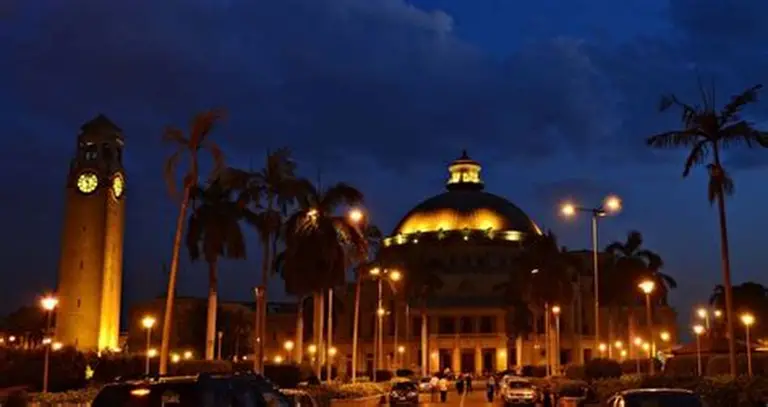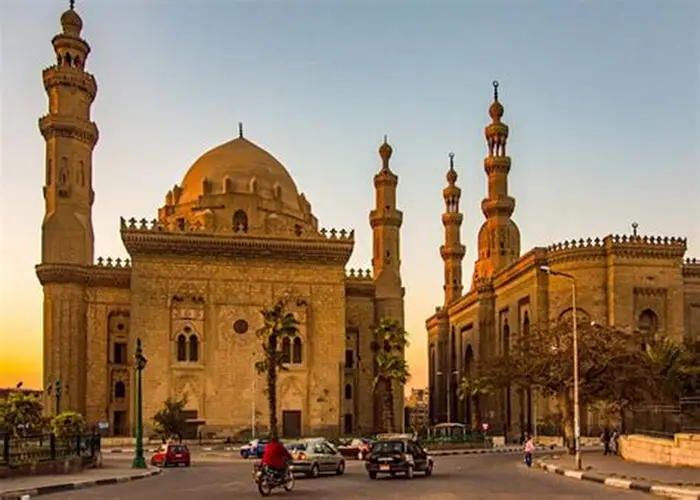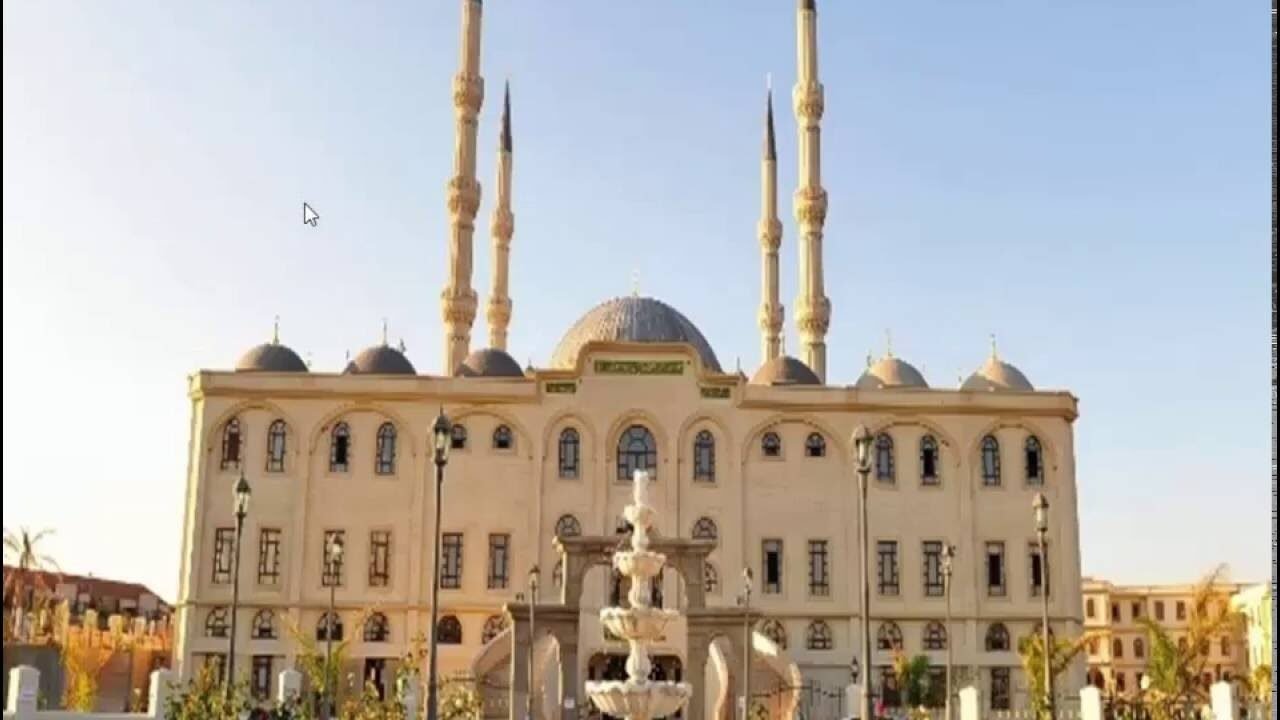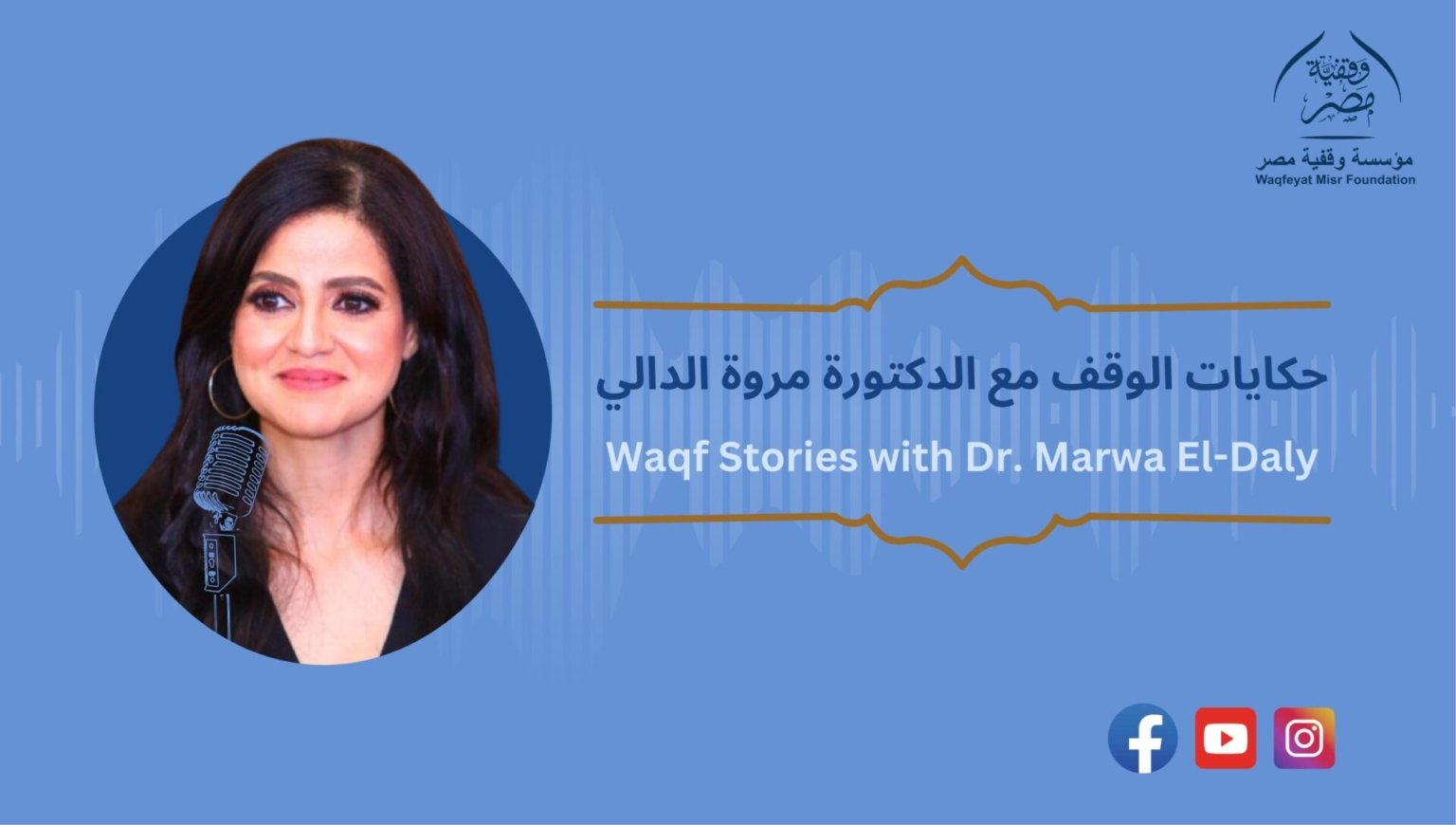Waqf Through the Ages: Egypt’s Model of Lasting Impact
Waqf has roots as old as Egyptian civilization itself. In ancient Egypt, land and resources were endowed to sustain temples, provide for priests, and serve communities—an early model of preserving assets for public benefit. With the rise of Islam, waqf became a defining institution that shaped Egyptian society and the wider region. It supported education, health care, mutual aid, animal welfare, and public services, while also giving rise to some of the world’s oldest universities such as Al-Zeitouna in Tunisia (founded 737 CE), Al-Qarawiyyin in Morocco (founded 859 CE), and Al-Azhar in Egypt (founded 970 CE). Waqf flourished throughout history and its model was later exported to the West, inspiring the foundations of many enduring institutions. In the 19th century under Muhammad Ali, more than 30% of Egypt’s land was endowed, but the wealth it generated led to restrictions and eventual nationalization. As a result, civil society lost this sustainable and autonomous economic system, shifting instead toward short-term charity organizations dependent on donations. Yet waqf’s legacy—rooted in both ancient Egyptian and Islamic traditions—remains central to Egypt’s identity as a civilization builder. Reviving this tradition today means restoring a uniquely Egyptian model of sustainable development that empowered generations and can once again strengthen communities for the future.




